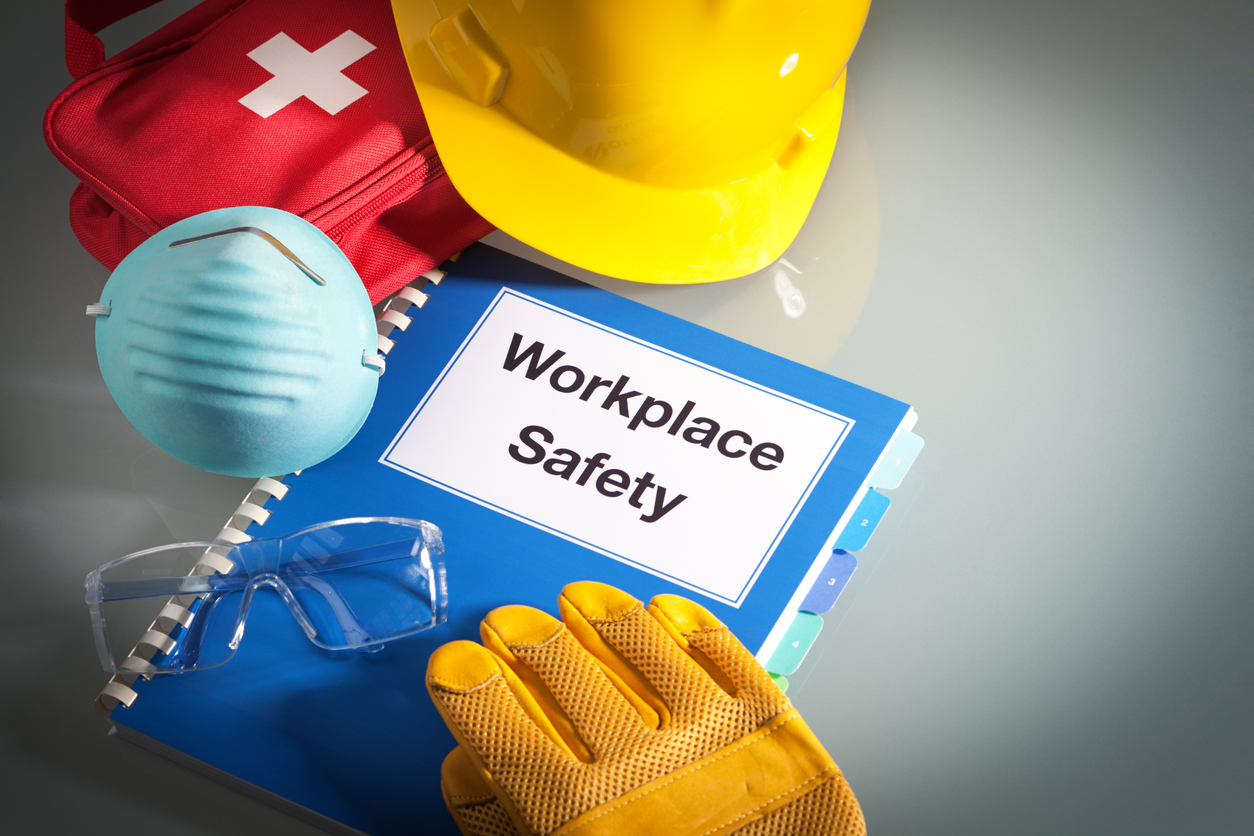
The primary purpose of a safety program is to protect workers from hazards and potentially significant risks. It is also a means to establish compliance on a state and federal level. Developing an effective safety program for your business will take implementing certain key elements. The company should have a strong commitment to safety, and the safety program should be a central component of the management system. Commitment to safety can be achieved through the following elements.
Committed Management
Management can commit to safety by establishing a policy for worker safety and health protection communicated to all employees. Supervisors should be held accountable for safety and health as part of their job.
You must also offer adequate resources for workplace safety and health, including staff, training, and equipment. Management must set a good example of safe and healthy behavior.
A Hazard Assessment Process
A hazard assessment process may assist your business in risk prevention and control. A strong safety program will include:
- An annual program audit, and regular reviews by qualified individuals to recognize existing hazards and potentially significant risks. This can be conducted either through in-house staff, or by a third-party safety professional.
- An effective and efficient procedure that permits employees to report potentially hazardous conditions without fear of negative consequences. They should also receive appropriate and prompt responses.
- Ongoing equipment monitoring and maintenance to prevent them from becoming hazardous.
- A timely investigation of accidents, near-misses, and any injury or illness incidences to identify causes and put corrective measures in place.
Safety Rules and Work Procedures
A good safety program will use safety plans, rules, and work procedures for specific company operations.
The rules should be thoroughly understood by both the management and employees and include enforcement procedures, such as how discipline or reorientation will occur. These should be ideas that are universally recognized and applied.
The plan should establish procedures for response to emergencies requiring personal protective equipment, first aid, medical care, emergency evacuation, emergency telephone numbers, and exit routes visible to all employees. This plan should include training and drills as needed.
Safety Training
Your company’s training program should ensure that supervisors understand the hazards inherent with each job and how they could impact the workers. They will also need to determine how they will ensure that employees follow the rules, procedures, and work practices for controlling these hazard exposures.
It is also essential that employees understand hazards and safe work procedures. The program must state where personal protective equipment is required. Employees should understand the requirement and why it is established, along with the limitations of the equipment, and how to maintain and implement it properly.
Safety Performance Tracking and Improvement
Record keeping and proper documentation are a valuable part of a safety program. It will allow a business to determine what areas they need to improve their safety efforts and possibly examine how to do so. Strong safety programs use record-keeping and tracking as the main leading safety indicators to continuously improve safety measures. Your Augusta safety training program isn’t complete without adequate tracking in place.
About Provident Protection Plus
At Provident Protection Plus, we have served the businesses and residents of New Jersey, New York, and Pennsylvania for more than 65 years. We are a wholly-owned subsidiary of Provident Bank, the region’s premier banking institution, and we are prepared to offer you personal, business, employee benefits, and risk management solutions. To learn more about our coverage options, contact our specialists today at (888) 990-0526.



